Kusakabe Kimbei’s Colourised Portraits
At the end of the 19th century, the photographer captured images of Japanese people and sold them to tourists visiting the country.
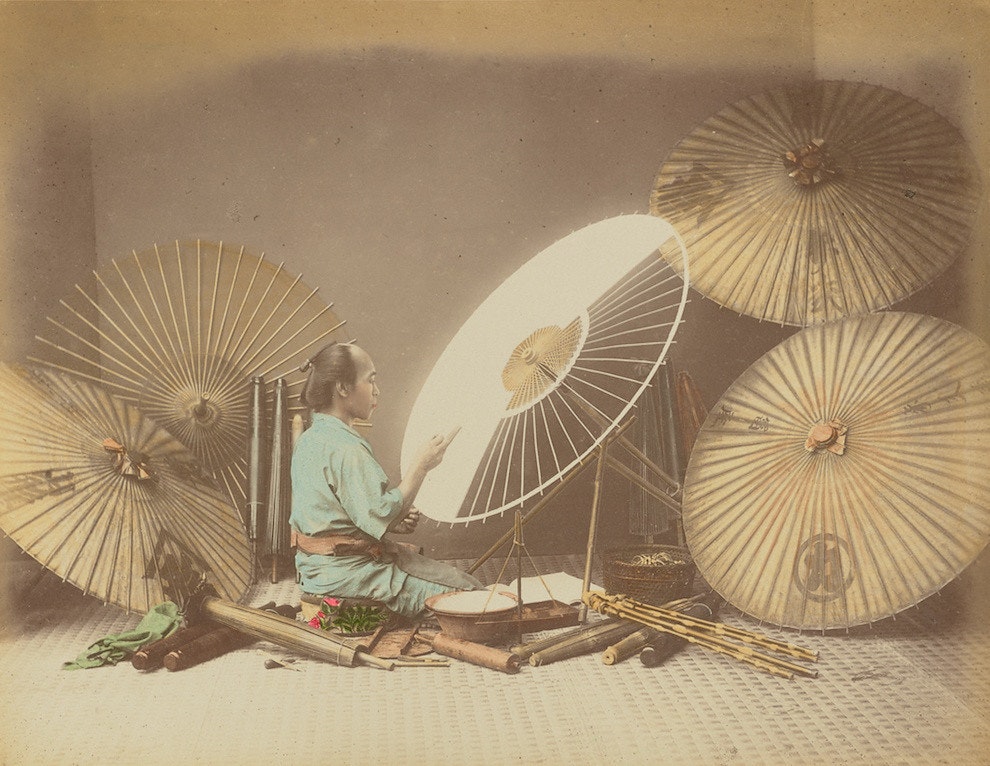
© Kusakabe Kimbei - Public domain
At the end of the 19th century, Kusakabe Kimbei immortalised a large number of portraits of Japanese people. He colourised the photographs by hand, and then sold them as souvenirs to tourists visiting the country.
These images primarily feature workers: firemen, travelling salespeople, and artisans. But they also feature scenes from everyday life, like one photograph where the viewer can admire women bathing in a furo made of wood. Kusakabe Kimbei also printed portraits in the studio, where he organised sessions displaying a very picturesque vision of Japanese culture featuring, for example, women dressed in kimono, holding paper umbrellas.
An apprenticeship alongside his European peers
Trained by Baron Raimund von Stillfried and Felice Beato, two famous European photographers for whom he worked as a colourist and assistant, Kusakabe Kimbei seized his independence in 1881, opening his first photography studio in Yokohama. Having gained an excellent reputation that made him one of the most notable photographers of the late 19th century, he went on to open a second location in the city, before settling in the capital’s Ginza district.
Kusakabe Kimbei went on to capture photographs of Japan until he was 72. He also produced a series of portraits of yakuza, and another dedicated to samurai.
The majority of Kusakabe Kimbei’s works are catalogued online on the Getty Center website.
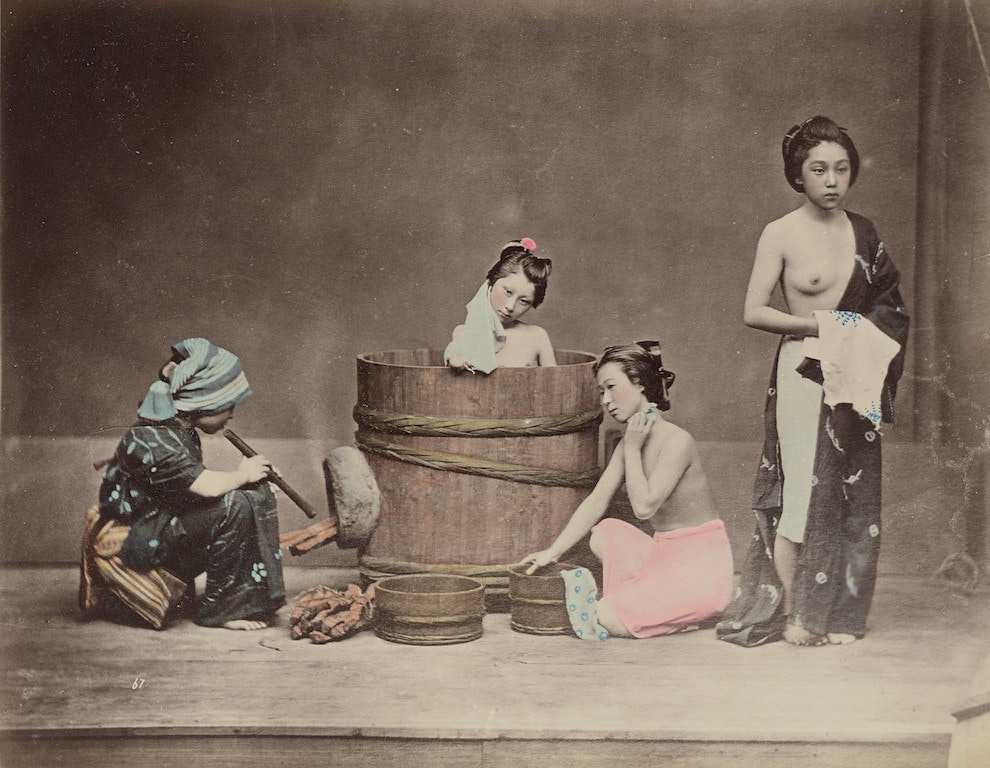
© Kusakabe Kimbei - Public domain
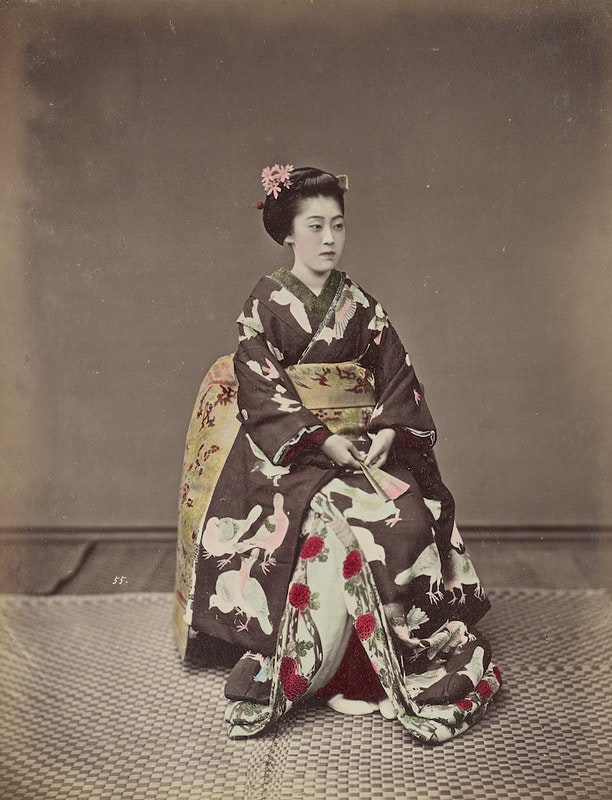
© Kusakabe Kimbei - Public domain
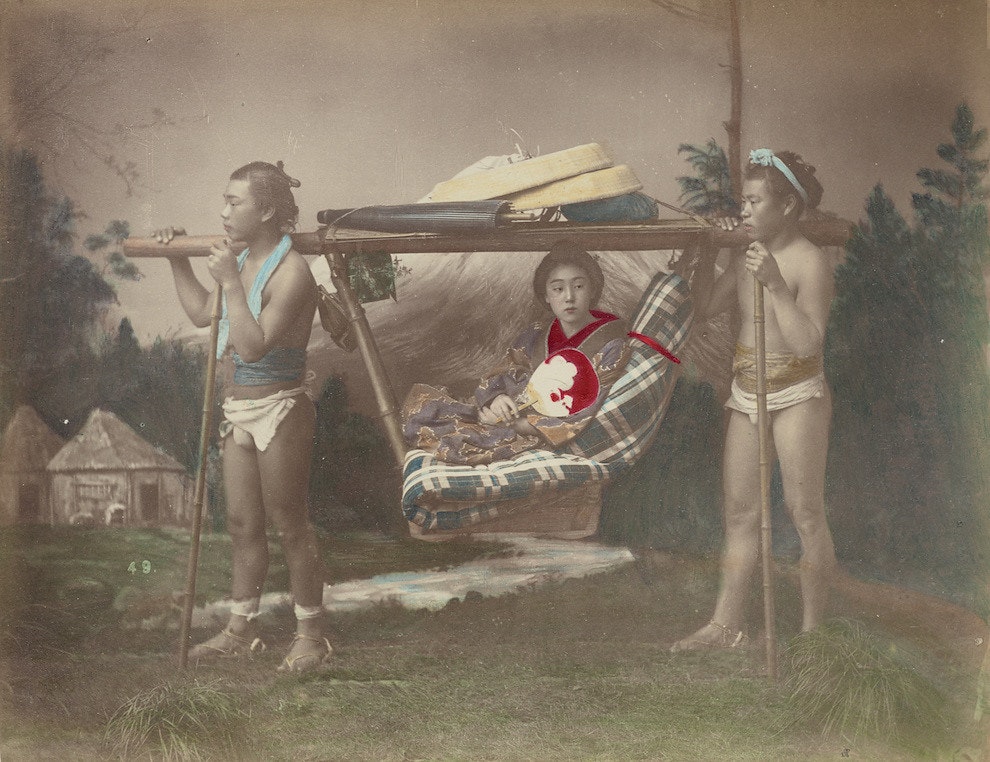
© Kusakabe Kimbei - Public domain
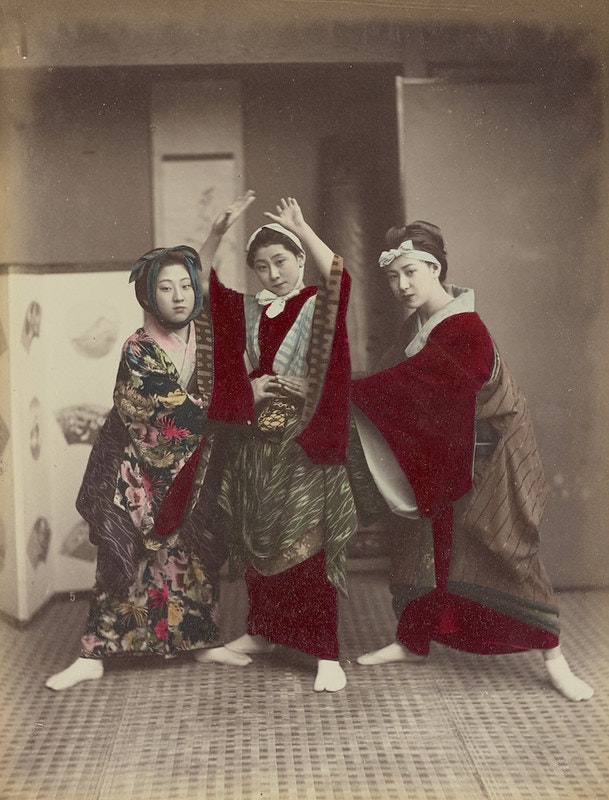
© Kusakabe Kimbei - Public domain
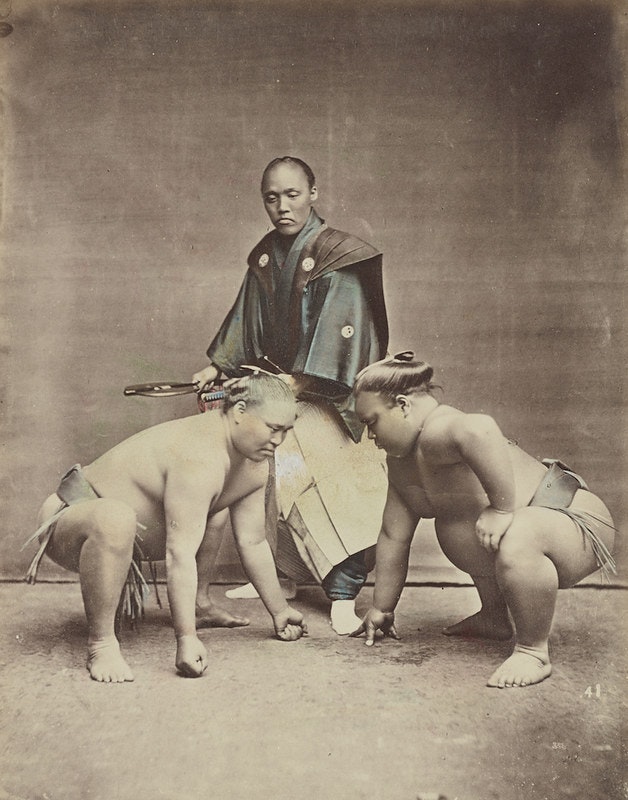
© Kusakabe Kimbei - Public domain
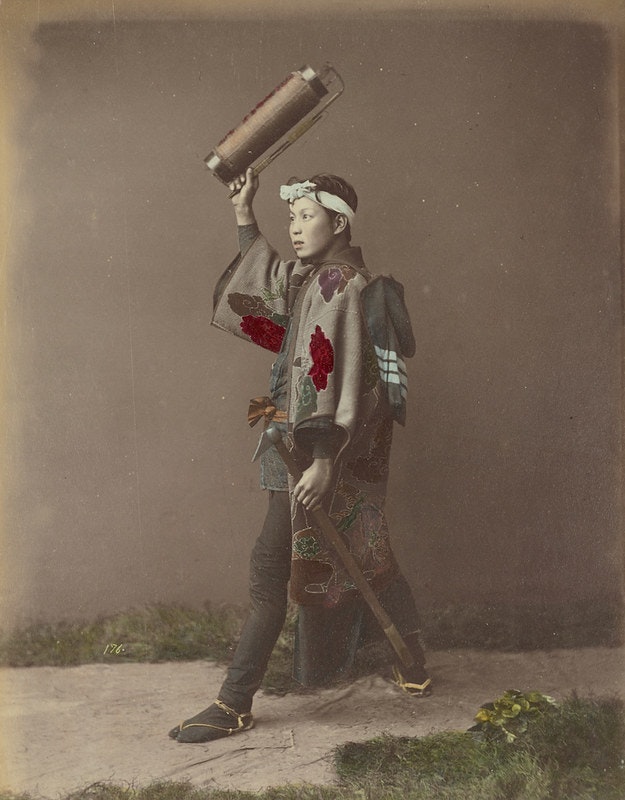
© Kusakabe Kimbei - Public domain
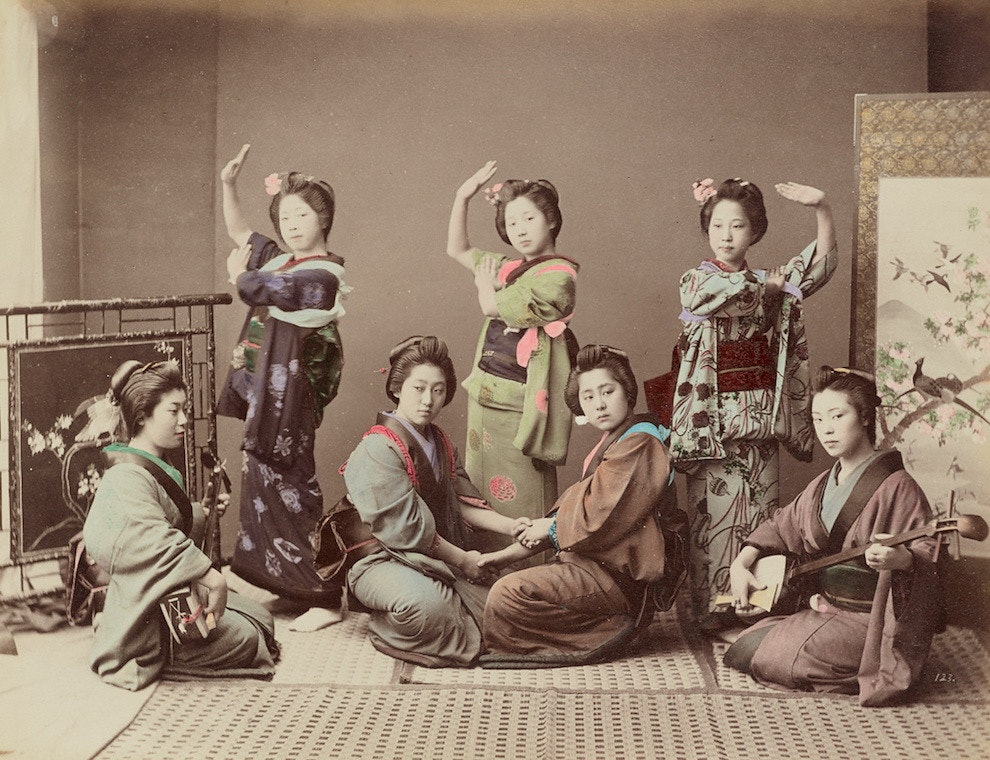
© Kusakabe Kimbei - Public domain
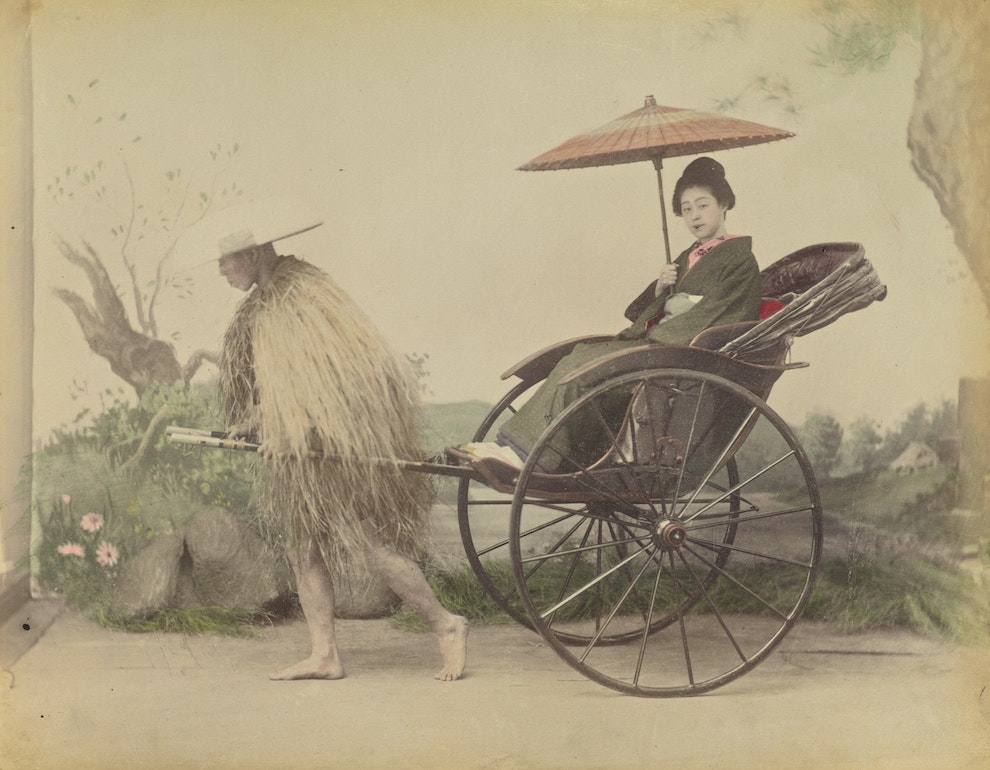
© Kusakabe Kimbei - Public domain
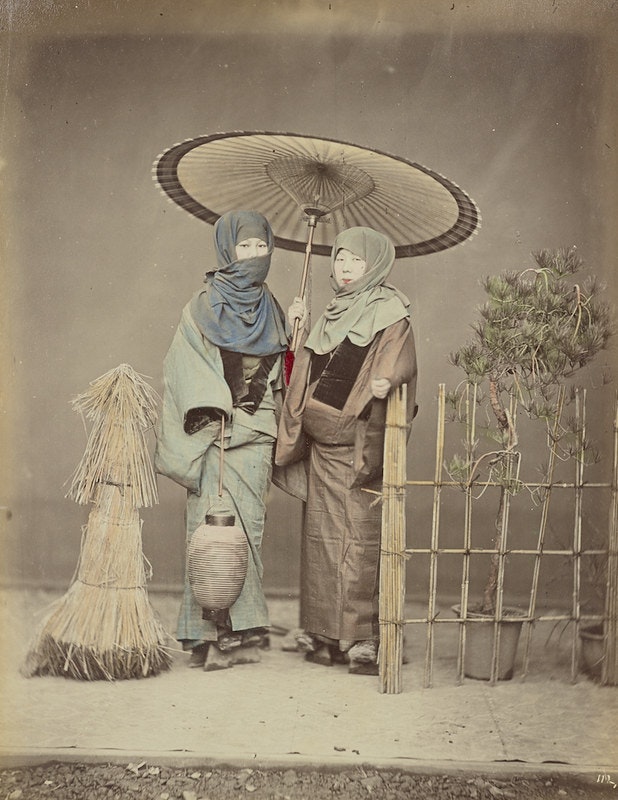
© Kusakabe Kimbei - Public domain
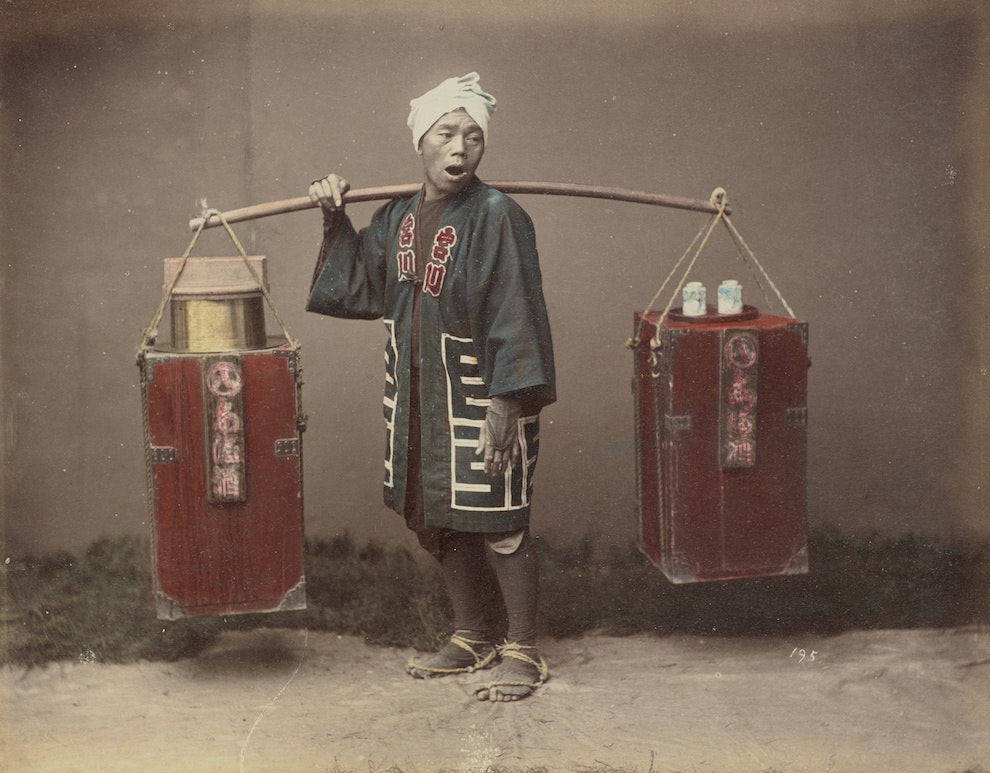
© Kusakabe Kimbei - Public domain
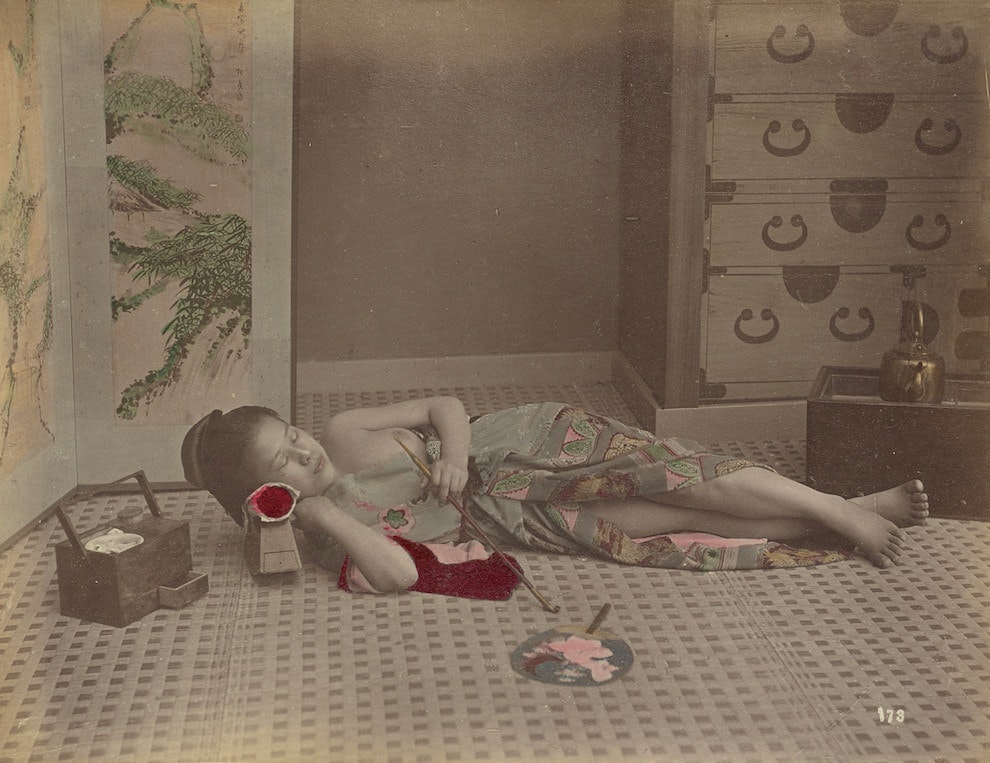
© Kusakabe Kimbei - Public domain
TRENDING
-
The Tattoos that Marked the Criminals of the Edo Period
Traditional tattoos were strong signifiers; murderers had head tattoos, while theft might result in an arm tattoo.

-
Chiharu Shiota, Red Threads of the Soul
Last year, more than 660,000 people visited the retrospective 'Chiharu Shiota: The Soul Trembles' exhibit at the Mori Art Museum.

-
‘Before Doubting Others, Doubt Yourself. Who Can Truly Say a Dish Isn’t What It Used to Be?’
In ‘A Non-Conformist’s Guide to Surviving Society’, author Satoshi Ogawa shares his strategies for navigating everyday life.

-
The Story of Sada Yacco, the Geisha who Bewitched Europe
Described by Dazed magazine as the first beauty influencer, she has been restored to her former glory since 2019.

-
Ito Jakuchu's Naturalist Paintings
From 15 September until 14 October 2018, the Petit Palais showcased the artist's iconic ‘Images of the Colourful Realm of Living Beings’.





